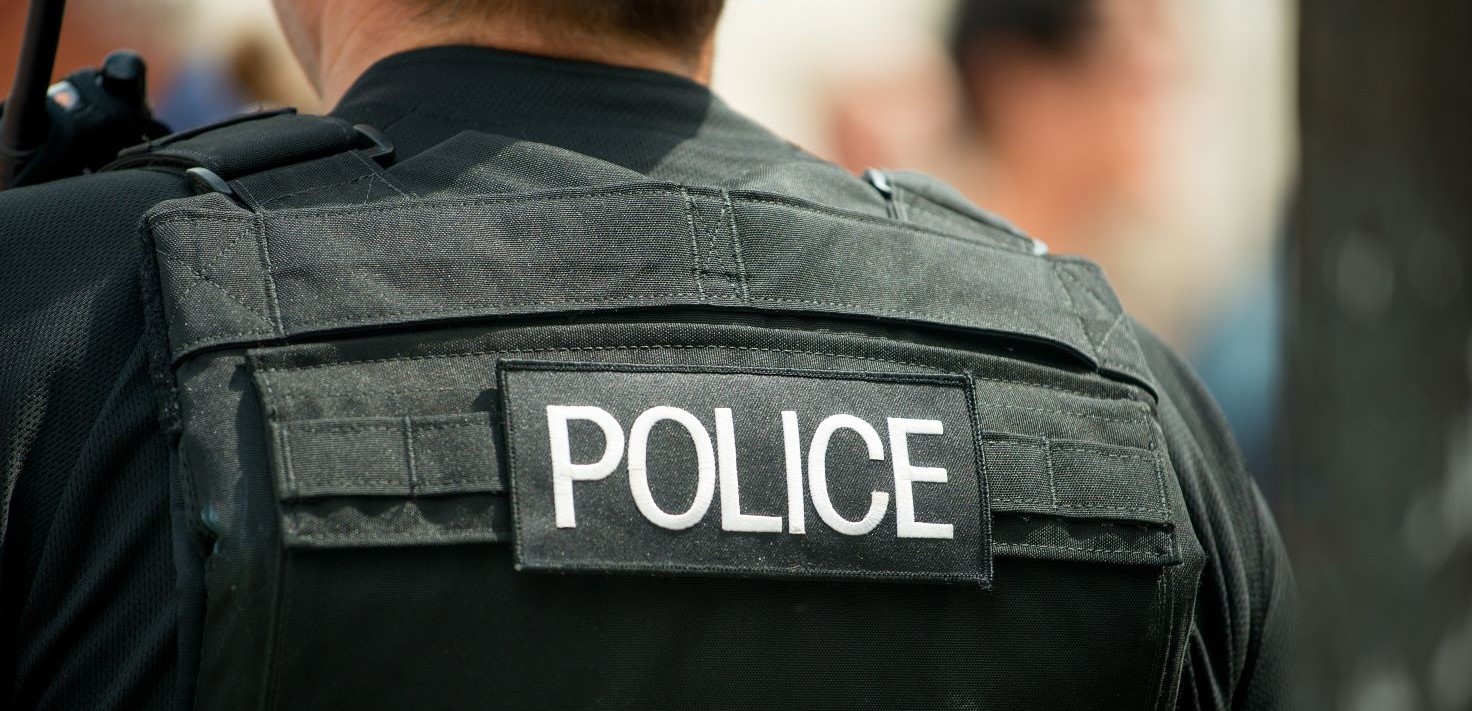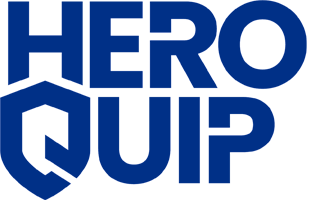
The importance of correct storage & maintenance:
Correct storage and maintenance of body armour is essential for ensuring its effectiveness and longevity. Inadequate maintenance can compromise protection levels, create fit issues, introduce potential health concerns, and potentially lead to compliance complications.
This article provides a comprehensive overview of professional body armour maintenance protocols.
Records:
For proper asset management, maintain these minimum records for all body armour: manufacturer, model, protection level(s), batch number, serial number, and assigned personnel. These records are essential for regular inspections, manufacturer recalls, or in-life monitoring (ILM)* requirements. Documentation should be updated promptly when changes occur.
*ILM is a quality assurance measure that implements a structured series of tests to evaluate the performance of armour throughout its service life, as specified in the Home Office Body Armour Standard (2017).
Inspections:
Annual body armour inspections should be conducted against the initial records. Required assessments include: non-destructive checks for damage or significant wear; carrier and cover examination for functional integrity (these can be replaced independently of protective panels if necessary); label verification to ensure it remains attached and legible (manufacturers must provide replacement labels per standard specifications); and fit assessment compared to original measurements (replacement is necessary if significant changes are detected to maintain adequate protection).
For concerns about serviceability following inspection, consult the manufacturer or CAST* for technical guidance.
*The Centre for Applied Science & Technology (CAST), formerly known as the Home Office Scientific Development Branch (HOSDB)
Post-incident Protocol
Immediate inspection is required following any impact exposure, prior to redeployment. Body armour subjected to ballistic or stab impact must be replaced without exception. For blunt force trauma impacts (such as those sustained in vehicle incidents), conduct a thorough inspection following standard procedures. Similar protocols apply after exposure to harsh chemicals. If armour becomes submerged in water, allow it to dry naturally, away from direct sunlight and heat sources until completely dry before further use.
Hygiene Maintenance
Protective panels must never be machine washed!
For proper cleaning, wipe carefully with a damp cloth and allow to dry naturally away from direct sunlight and heat sources. Complete submersion in liquid should be avoided. When washing carriers, always remove protective panels first. Adhere to all manufacturer-specific care instructions.
Storage Requirements
All storage must comply with manufacturer specifications, with responsibility for suitable facilities resting with the organisation. When not in use, body armour should either be hung by the shoulders or laid flat, away from direct sunlight, heat sources, and high humidity environments.
Professional Inspection Methodology:
Position the body armour on a clean, flat surface. Thoroughly examine the outer carrier for damage, with particular focus on fastenings and straps for security and wear indicators such as fraying or splitting. Verify proper function of all fastening mechanisms.
After removing protective panels, inspect the waterproof cover for punctures, nicks or deterioration that could compromise waterproofing and affect performance. Panels showing cover damage should be sent to the manufacturer for professional assessment and appropriate remediation.
Assess the protective element for uniform thickness throughout, noting that slight tapering at edges is often an intentional comfort feature. For armour with chain mail knife protection, verify secure placement and absence of broken links across the entire surface.
When reassembling, ensure correct orientation of all components according to labelling, avoiding creases or folds at edges which can significantly compromise protective performance.
When working with modular protection systems that combine multiple certified panels, proper assembly sequence and orientation (noting Body Side labelling) is critical. Consult manufacturer or CAST guidance whenever uncertainty exists regarding proper assembly.
Service Life Parameters
The standard operational lifespan of body armour is approximately 5 years, though this varies based on usage frequency, storage conditions, environmental exposure, and specific manufacturer guidelines. Always reference manufacturer documentation for accurate lifespan specifications for your particular equipment.
Replacement Indicators
Monitor for these evidence-based replacement signals: structural compromise (visible damage to carriers or deformities in inserts); environmental damage (mould growth or deterioration from moisture); fit deterioration (changes affecting coverage or creating gaps); age factors (approaching manufacturer’s specified service life); performance degradation (wear in high-stress areas or reduced flexibility); and post-impact status (immediate replacement required after any ballistic or sharp object impact regardless of penetration). Regular systematic inspections are essential for maintaining protection standards. When assessment uncertainties arise, consult manufacturer representatives or CAST for technical evaluation.
Conclusion: Professional Equipment Management
Body armour represents critical protection equipment in high-risk operational environments. Its effectiveness as protective equipment for law enforcement, security personnel, and military applications depends on both technical specifications and proper maintenance protocols.
Adherence to manufacturer guidelines and industry best practices for inspection, care, and assembly ensures optimal protection levels when required. Implementing systematic maintenance procedures enhances both equipment longevity and personnel safety in operational contexts.
For technical specifications, procurement information, or consultation regarding body armour systems, contact HeroQuip on 01423 80399 or email [email protected].
